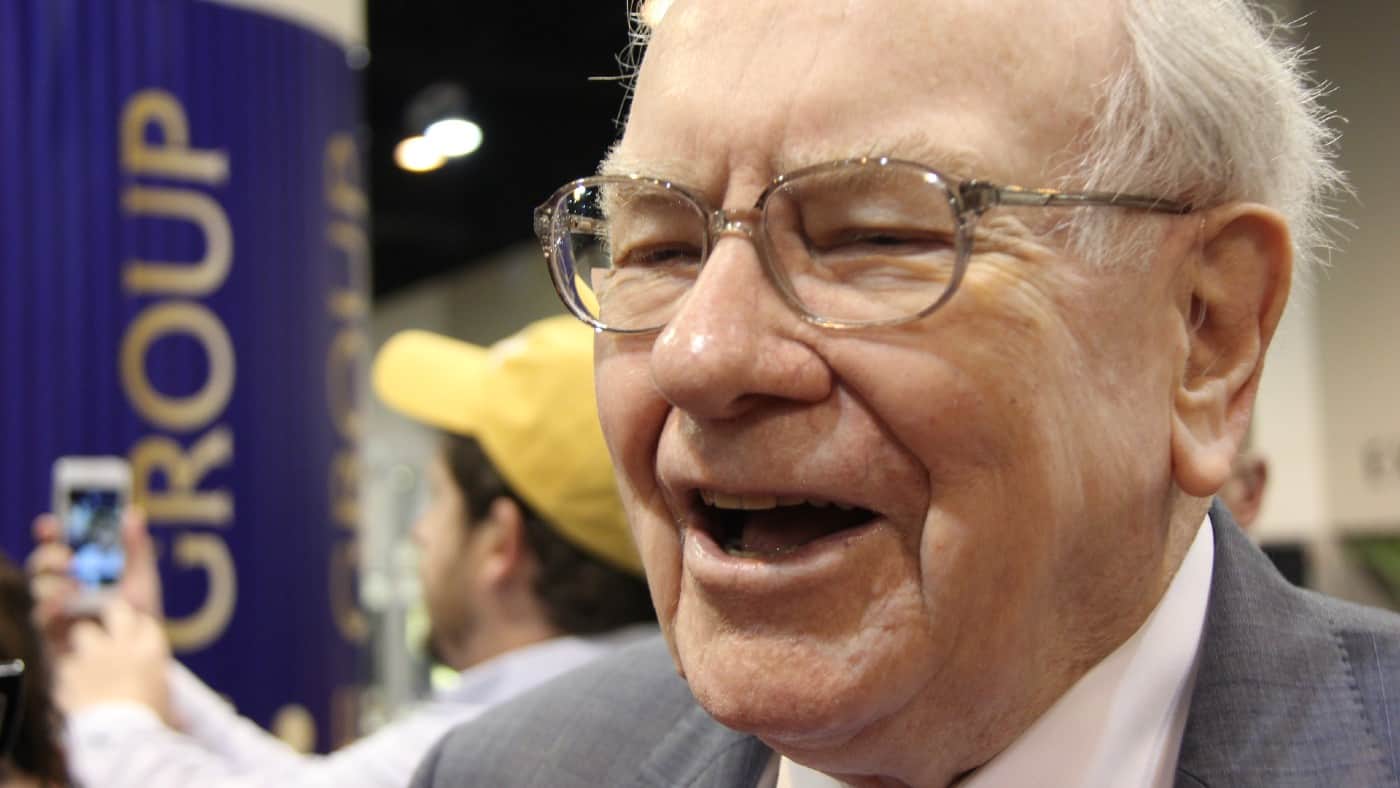Before investing, I find it useful to ask myself, “what would Warren Buffett do?”
Fortunately, I can refer to a handy checklist that the Oracle of Omaha penned for stock picking.
In a 1985 letter to Berkshire Hathaway shareholders, the super investor included a ‘business wanted’ ad.
Should you invest £1,000 in Keller Group Plc right now?
When investing expert Mark Rogers has a stock tip, it can pay to listen. After all, the flagship Motley Fool Share Advisor newsletter he has run for nearly a decade has provided thousands of paying members with top stock recommendations from the UK and US markets. And right now, Mark thinks there are 6 standout stocks that investors should consider buying. Want to see if Keller Group Plc made the list?
In the ad, he enumerated the four criteria a business must meet if it is to stand any chance of tickling his fancy. Given I am currently in a quandary over whether to buy shares in Premier Foods (LSE:PFD), I will apply the checklist to this example.
1) At least $10m of after-tax earnings
Because Buffett penned his checklist all the way back in 1985, I need to adjust this figure for inflation. In today’s prices, $10m would be around $30m, or £26.5m.
Premier Foods owns 20 brands – including family favourites such as Angel Delight, Cadbury’s, Loyd Grossman, Oxo, and Smash.
And with after-tax earnings in 2021/22 of over £100m, the tasty empire easily breezes past Buffett’s benchmark.
A strong start!
2) Demonstrated consistent earning power
To this, Buffett added: “future projects are of little interest to us, nor are ‘turn around’ situations“. At Berkshire Hathaway, they are not starry-eyed dreamers looking for an underdog story. They want to invest in businesses that are tried and tested.
Once again, Premier Foods seems to fit the bill. The company dates all the way back to 1837. And with a well-diversified portfolio of familiar food brands in its arsenal, I don’t see Premier Foods going away any time soon.
3) Simple businesses
Again, Buffet clarified, “if there’s lots of technology, we won’t understand it“. I don’t think there are many businesses that are as straightforward as Premier Foods. From desserts to pasta sauces and gravy granules, most people in the UK have had first-hand experience with all of the company’s flagship brands.
4) Businesses earning good returns on equity while employing little or no debt
Investors can easily look up a ticker on Yahoo Finance to find a company’s return on equity (RoE).
This metric is calculated by dividing net income by shareholders’ equity (that is, assets minus liabilities).
Of course, the Oracle of Omaha adds the caveat that the company should have little to no debt. That is because, by borrowing money, a company shrinks its equity (as the liabilities rise relative to assets). Then, net income ‘artifically’ looks bigger compared to equity.
At this point, Premier Foods begins to stumble. With a trailing 12-month RoE of 5.8%, the food purveyor trails comparable businesses like Nestlé (RoE of 36.1%) or Pepsi (54.6%).
Then again, Premier Food’s debt is relatively lower – at 22.5 times shareholders’ equity. To put that into perspective, Nestlé has a debt-to-equity ratio of 119.5, while Pepsi’s is 210.3.
There is a basic trade-off at play here: the more debt, the higher the RoE appears. So, to some extent Premier Foods can be excused for its lethargic RoE insofar as this is due to its more conservative use of debt.
The verdict
From my perspective, Premier Foods meets all of Buffett’s criteria. However, its RoE is nothing to get too worked up over. I think I can find better, so I won’t be buying.








